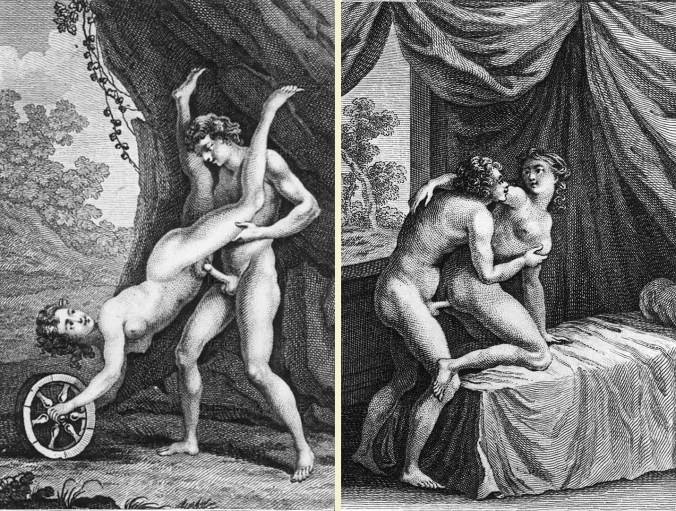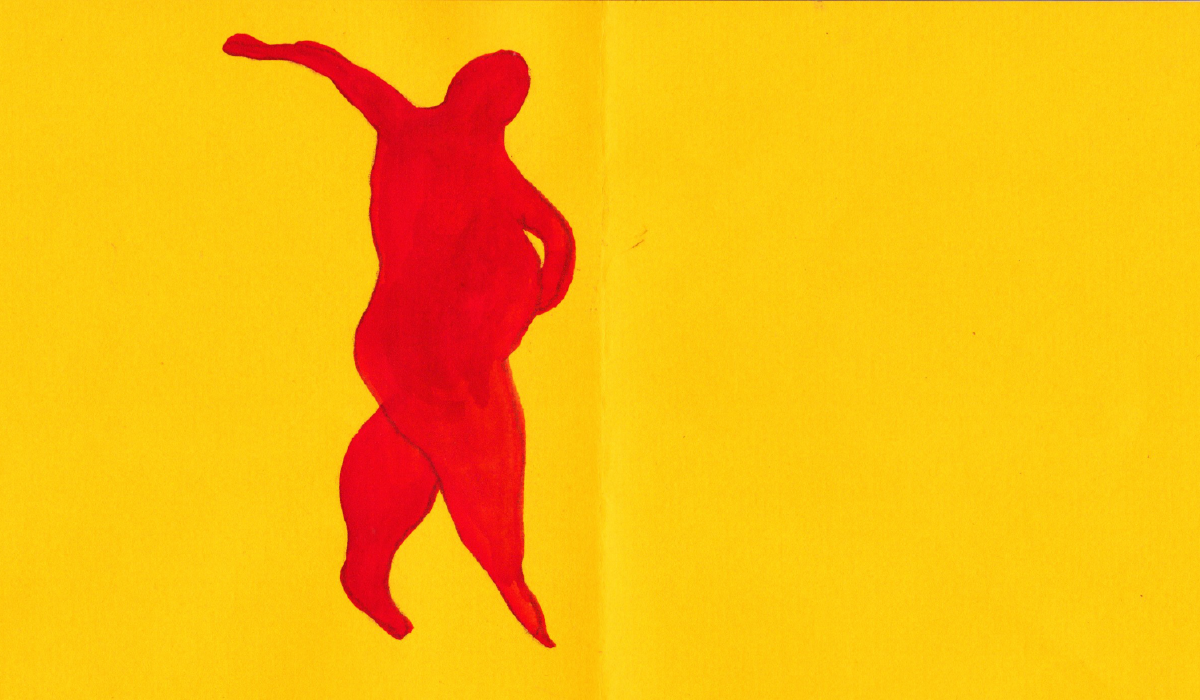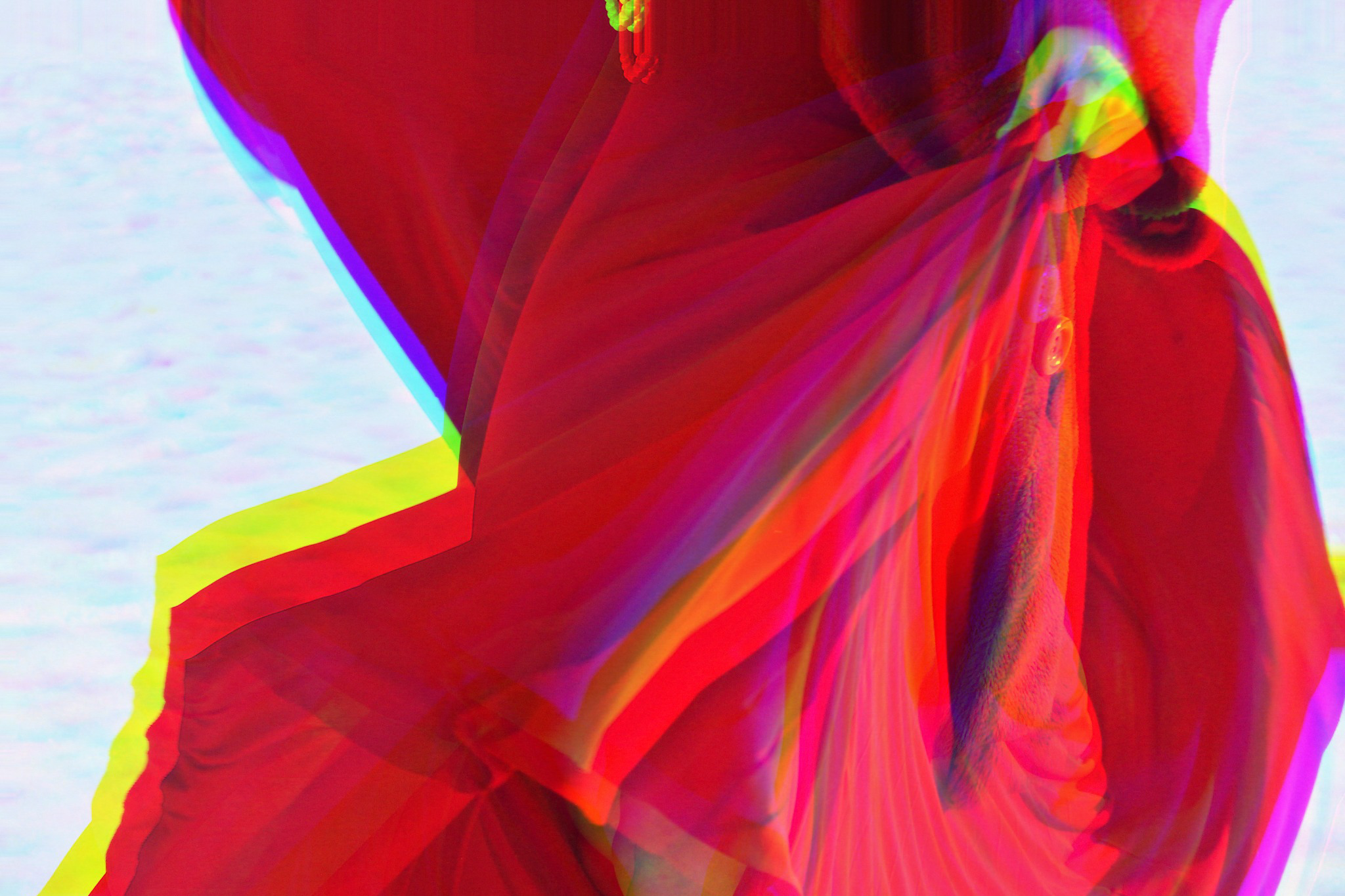
Renaissance Porn
In 1527 Pietro Aretino published I Modi, a collection of sixteen sexually explicit engravings originally by Marcantonio Raimondi. The Italian Renaissance had just created the world’s first hard-core porn magazine.
The engravings in I Modi are remarkable on account of their sheer openness. The subjects are exhibitionists having sex in rolling Arcadian hills, a sexual embodiment of the pastoral ideal. Gone are the diminutive penises of classical art: the figures depicted pre-empt the proportions of modern pornography. The images are meta-fictional. They show voyeurs, often cherubs, standing next to copulating couples, leering on unashamedly, directly acknowledging the audience. I Modi’s engravings leave nothing to the imagination. The reader need not work hard to unpick Aretino’s sonnets: “My monstrous dart, my polished lance in place,/ With my two henchmen bringing up the rear.”
The fact that pornography existed in the Italian Renaissance is hardly surprising. Authors and readers have been getting hot under the collar since antiquity: Ovid tells us that “there are a thousand ways to do it,” John Donne tells his lover to “as liberally, as to a midwife, show thyself,” and Rihanna asks “meet me in my boudoir and make my body say ah ah.” Despite its established place in cultural history, however, pornography is still something subversive, even dangerous. A 2008 production of I Modi at London’s Cadogan Hall was cancelled following allegations of obscenity.
The fact that the porn industry was covered in a recent Louis Therous documentary – a man whose previous projects involve filming the Westborough Baptist Church, Neo-Nazi groups, and street gangs of Johannesburg – tells us something of its cultural status in the modern world. In stark historical contrast to now, I Modi was targeted specifically towards the upper and intellectual classes, and had little popular dissemination. Aretino himself was viewed as something of a high roller, sharing a patron with Il Sodoma and Raphael. His depiction of sex may not have had many boundaries, but his work’s material circulation certainly did. There is an irony in the way that modern technology has made pornography ubiquitous, yet conservative sensibilities have forced it to lurk in the shadows, rather than sauntering on the Arcadian hills, swollen members proudly on display.







